Image

| Image

| Image
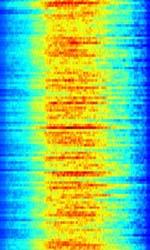
| Image

| Image
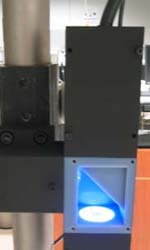
| Image
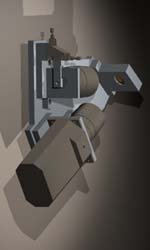
|
DISP Molecular Imaging Project
The goal of the DISP Molecular Imaging Group is to combine optical sensing techniques such as Raman spectroscopy with computational optical sensing methodologies to create innovative systems with higher performance, lower cost, and/or lower volume.
High Etendue Raman System
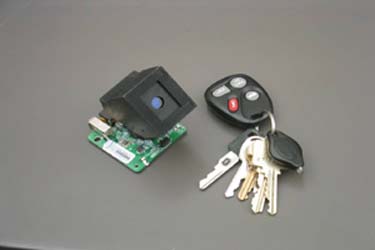
The primary objective of this proposal is to develop compact, reasonable cost BAC (Blood Alcohol Concentration) monitors for continuous real-time measurement. With funding from the National Institute on Alcohol Abuse and Alcoholism, we have built a non-invasive in-vivo blood alcohol (and other blood constituents) optical detection protocol based on Hadamard-mask multiple-channel Raman spectrometer. This device will outperform conventional slit-based Raman spectrometer by overcoming the interference of scattering (by Hadamard-coded mask) and fluorescence (multi-excitation and proper algorithm). The BAC sensors we envision require physical contact between the measurement system and the subject, but other than this tactile requirement we expect to achieve extremely flexible and

deployable instruments. We believe that it will ultimately be possible to build a Raman instrument with system volume of 10 cubic cm or less and weight of 5 kg or less that can directly sample BAC with data acquisition times below 5 seconds. These instruments will log and communicate data telemetrically and operate autonomously. They will be able to audibly demand subject attention, to biometrically verify compliance and to log noncompliance.
In order to optically sense alcohol through Raman spectroscopy in human tissue, high performance systems are needed to extract the weak Raman signals. The DISP group constructs completely custom systems with many off-the-shelf components that use computational optical sensing to allow for performance greater than that of off-the-shelf systems. Multiple prototypes have been constructed
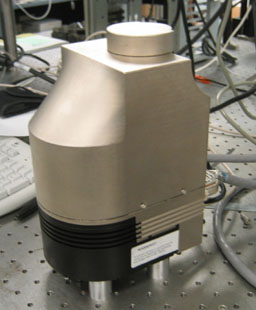
as shown to the right and below. The size, cost, resolution, and complexity of the total system are optimized to make a spectrometer that is best suited to the problem at hand.
Effective integration of sensing and processing requires both advanced sensor head processing and intelligent integration of sensing and processing networks. This program will be managed by the DISP group at Duke. DISP is an acronym both for the Duke Integrated Sensing and Processing program and for the Duke Information Spaces Project. This dual perspective allows us to consider both advanced sensor heads, as in the holographic Raman sensors described above, and advanced telemetry and digital analysis tools. In the context of this program sensor space design includes:
- Auxiliary sensors Auxiliary data, including pulse and pulse oximetry, blood pressure, biometric verification and identification and mid-IR characterization of alcohol vapors in the sensor environment will be advantageous for both clinical and research applications. DISP has experience with most of relevant sensors and is actively developing advanced biometric and blood sensors.
- Image
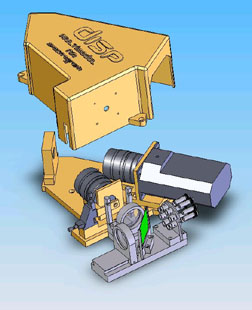
Prototype Tissue Raman MMS Spectrometer Telemetry and data management Over the early phases of this project Raman BAC sensors will be macroscopic. We anticipate that early sensors will be graspable, demanding a periodic touch for BAC characterization. These sensors will be managed via embedded wireless communication systems using 3G cellular and Wi-Fi standard communications. DISP has considerable experience in embedded processor and communications development for computational sensors.
- Clinical testing and integration The clinical alcohol research program at Duke is located on the VA medical campus approximately 1.5 city blocks from the engineering school. We propose to exploit this proximity by early prototype and network deployment and by continuous integration of human factors in engineering development.
Spectral diversity filters are also being investigated as a way to create a spectrometer with a compact size and high etendue.; Non-uniform photonic crystals have been demonstrated as a way of creating such a compact spectrometer. A color photo of the crystals is shown below. At Photonics West 2004, the DISP group partnered with Newport Corporation to highlight Multimodal Multiplex Spectroscopy and Newport's equipment.
Benefits
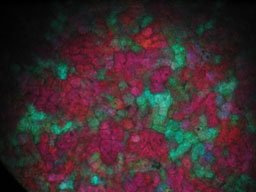
Improved ease and accuracy of blood ethanol determinations will have immense impact in three areas - research, clinical work and prevention, and law enforcement and compliance monitoring. At present blood ethanol determinations are either made through direct chemical analysis or are estimated based on breath samples. Each of these approaches, while generally accurate, has distinct disadvantages that limit their utility.
An optically-based measurement system would have distinct advantages. For example, it would eliminate the need for chemical analysis of blood plasma, thus eliminating the need for invasive sampling and analytical delays. Similarly, the breath analysis systems are limited because residual oral ethanol during the first 15 minutes after drinking contaminates the breath sample as does regurgitated ethanol vapor from the stomach. Thus, breath systems are of little use in studies of early pharmacokinetics, and are vulnerable to contamination.
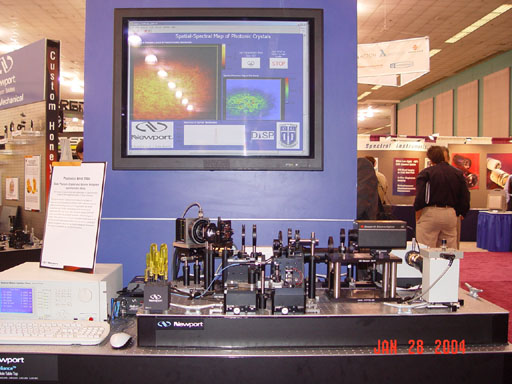
Optical ethanol measurement will enable continuous monitoring in the absence of the need for blood or breath samples. Blood ethanol assessments could thus be conducted continuously in naturalistic research settings or in the real world as an informational adjunct to clinical treatment or compliance monitoring. The continuous and non-invasive nature of the sampling would also be applicable in emergency medical environments where it could be used to assess the rising or falling nature of a patient's blood ethanol concentration.
Raman devices could open significant new research opportunities. For example, with current technologies it is very difficult to accurately assess the acute rising phase of the blood ethanol curve on a continuous basis. It is possible that the initial rising phase of the BEC curve could be predictive of the ultimate peak of that curve and thus be valuable in both clinical and experimental pharmacokinetic studies. There could also be a relationship between such initial pharmacokinetics and the probability of an individual developing alcohol abuse disorder or addiction. Non-invasive, continuous monitoring devices could significantly enhance the development of research programs to address such issues.